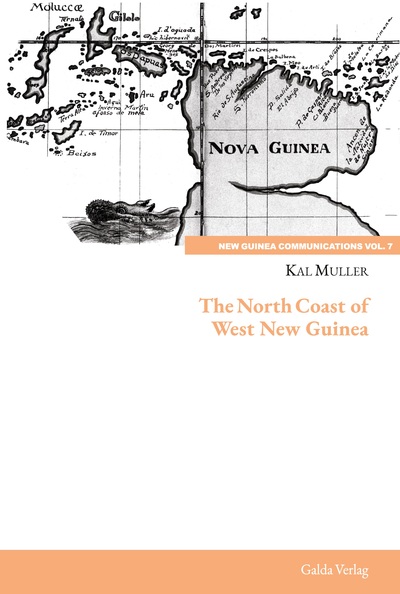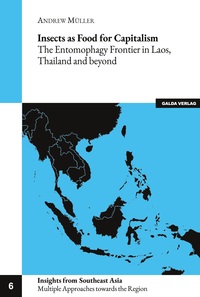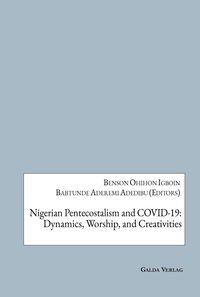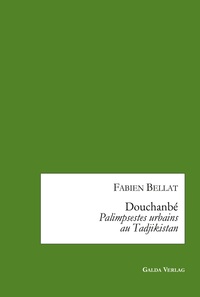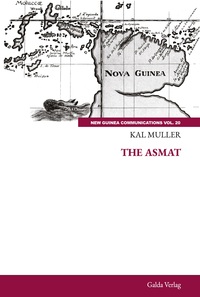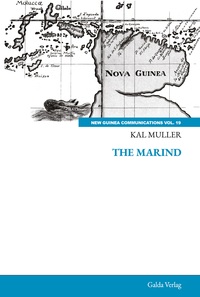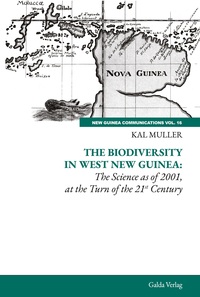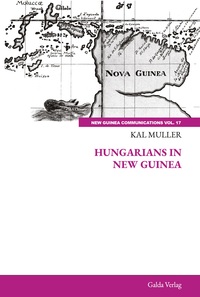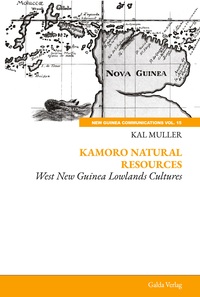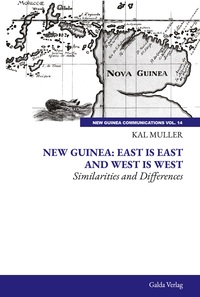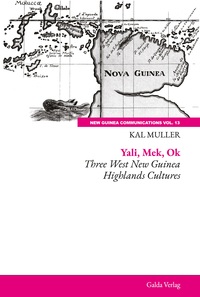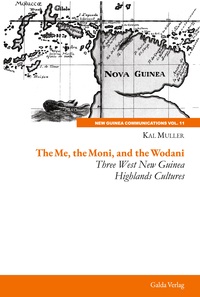Nous utilisons des cookies pour améliorer votre expérience. Pour nous conformer à la nouvelle directive sur la vie privée, nous devons demander votre consentement à l’utilisation de ces cookies. En savoir plus.
The North Coast of West New Guinea
EAN : 9783962031879
Édition papier
EAN : 9783962031879
Paru le : 23 mai 2022
44,40 €
42,09 €
Disponible
Pour connaître votre prix et commander, identifiez-vous
Notre engagement qualité
-
 Livraison gratuite
Livraison gratuite
en France sans minimum
de commande -
 Manquants maintenus
Manquants maintenus
en commande
automatiquement -
 Un interlocuteur
Un interlocuteur
unique pour toutes
vos commandes -
 Toutes les licences
Toutes les licences
numériques du marché
au tarif éditeur -
 Assistance téléphonique
Assistance téléphonique
personalisée sur le
numérique -
 Service client
Service client
Du Lundi au vendredi
de 9h à 18h
- EAN13 : 9783962031879
- Réf. éditeur : 223038
- Collection : ASIAN STUDIES
- Date Parution : 23 mai 2022
- Disponibilite : Disponible
- Barème de remise : NS
- Nombre de pages : 164
- Format : H:230 mm L:155 mm E:10 mm
- Poids : 283gr
- Résumé : THE BOOK This volume is one of four covering The North Coast which makes up the bulk of West New Guinea. The other three are Introduction to West New Guinea, The Highlands of West New Guinea, and The South Coast of West New Guinea. The main purpose of these books is to give a summary of the history and cultures of the western half of the island of New Guinea. West New Guinea's north coast saw sail-bys and a few landings by various European ships, starting in the 16th Century. Biak Island hosted the most important traditional Papuan sailors (read: trader-warriors) in pre-colonial times. The island's inhabitants continue to hold a leading role today, thanks to the widespread educational facilities that produce many top civil servants. For most of the colonial period, the town of Manokwari was by far the most important urban area on the north coast. Christianity was introduced to West New Guinea from there starting in 1855 and the town was the center of commerce and government. That changed drastically during WWII, when American military engineers constructed a huge and efficient infrastructure around Jayapura and Sentani. After the war, the returning Dutch government made Jayapura the capital of West New Guinea, and Indonesian officials followed this example after 1963. The North Coast of West New Guinea covers a number of basic social topics such as kinship, social structure, and marriage, along with languages and the area's pre-contact material culture. Some aspects of the old cultures were still present until quite recently. Some of the major ethnic groups merit chapters of their own. However, this book is definitely not a complete volume about all the different Papuan groups in the area. Far more research needs to be done for a more complete picture, as many ancient traditions are fading from memory. THE SERIES The aim is to provide a conduit for the publication of studies on the Island of New Guinea, with its two established political divisions, but will also include other associated patterns of islands. It will enable contributions from new knowledge workers—with their dissertations—and from established scholars. As there are numerous scholars who would like better coverage of the areas in which they have explored—as a tribute to the people they have worked with—as well as local scholars who understand the importance of their unique areas. It is felt that the approaches being trialed in the visual anthropology part of the series as area studies will bring a wider attention to the remarkable nature of the island. The first volumes will be on modes of communication: oral history and folklore, and the emergence of a local literature. While the representation of all disciplines is welcome, comparative and whole island studies would be of great interest as well. For this, collaborative works or edited volumes may be needed. It will allow for academic publications of a more preliminary kind—rather than exhaustive monographs, which are becoming more and more impossible to produce. Where is the knowledge we have lost?
- Biographie : Dr Muller spent 22 years working and living with two Papuan groups, allowing him access to excellent relations with not just the people but also prominent academics and scientists and their resources.

